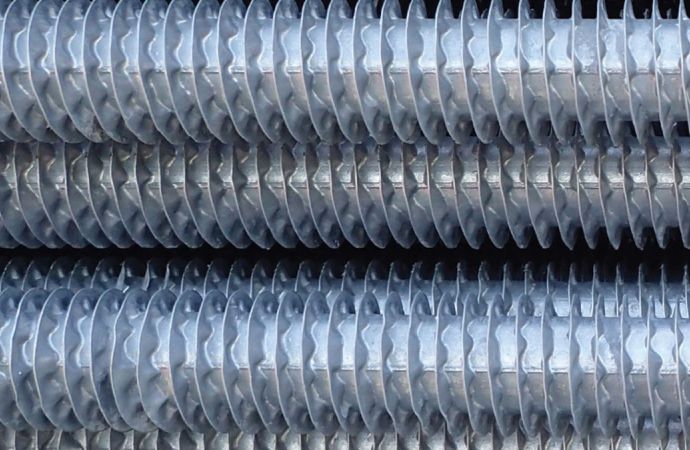Four municipal buildings in Seward will tap heat in nearby seawater for the transcritical system, saving energy.
_1544699635.jpg)
Seward, Alaska.
The city of Seward, Alaska, is on its way to installing a transcritical CO2 heat pump that taps into seawater to provide heating for four municipal buildings.
Late last month Seward’s City Council voted to accept a $725,000 grant from the Alaska Energy Authority for the district heating project. The city will add up to $156,497 to cover the cost of the project, according to the Peninsula Clarion.
YourCleanEnergy, an Anchorage, Alaska-based consulting firm, which designed a similar CO2 heat-pump system for the Seward-based Alaska SeaLife Center in 2016, is a consultant on the Seward municipal-building project.
“Our intent is to use [Mayekawa’s] Unimo CO2 [heat pumps] or equal to avoid synthetic refrigerant,” Andy Baker, owner of YourCleanEnergy, told R744.com.
The source heat will come from ocean tides “that flush back and forth in deep alluvial gravel” in nearby Resurrection Bay, Baker said.
Our intent is to use [Mayekawa’s] Unimo CO2 [heat pumps] or equal to avoid synthetic refrigerant.”
– Andy Baker, YourCleanEnergy
The four buildings include City Hall, City Hall Annex, Community Library and Fire Hall. The system will employ approximately 14 double HDPE (high-density polyethylene) loops with propylene glycol between the shore (where they are 200 ft deep) and the library 400 ft away, explained Baker. The use of a closed ground loop in the tidal zone eliminates the need for directly pumping seawater, he added.
It’s estimated that the heat pump system will save the city $25,000 annually in heating costs, said the Peninsula Clarionarticle.
KDLL public radio quoted Seward Mayor David Squires saying the project, if successful, could expand to include additional buildings.
The Alaska SeaLife Center installed four 20-TR transcritical CO2 heat pumps that generate hot water at 194°F. The Center estimated that the CO2 and other heat pumps save $15,000 per month in oil and electricity costs. (For more on the Alaska SeaLife Center project, click here.)
Related stories



